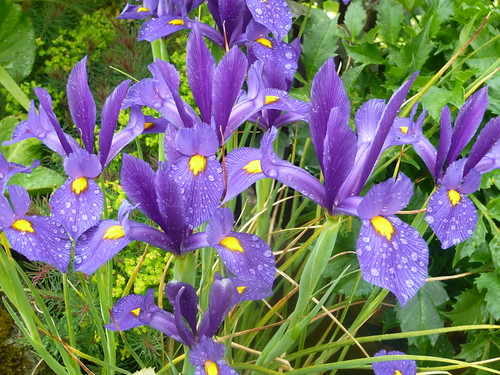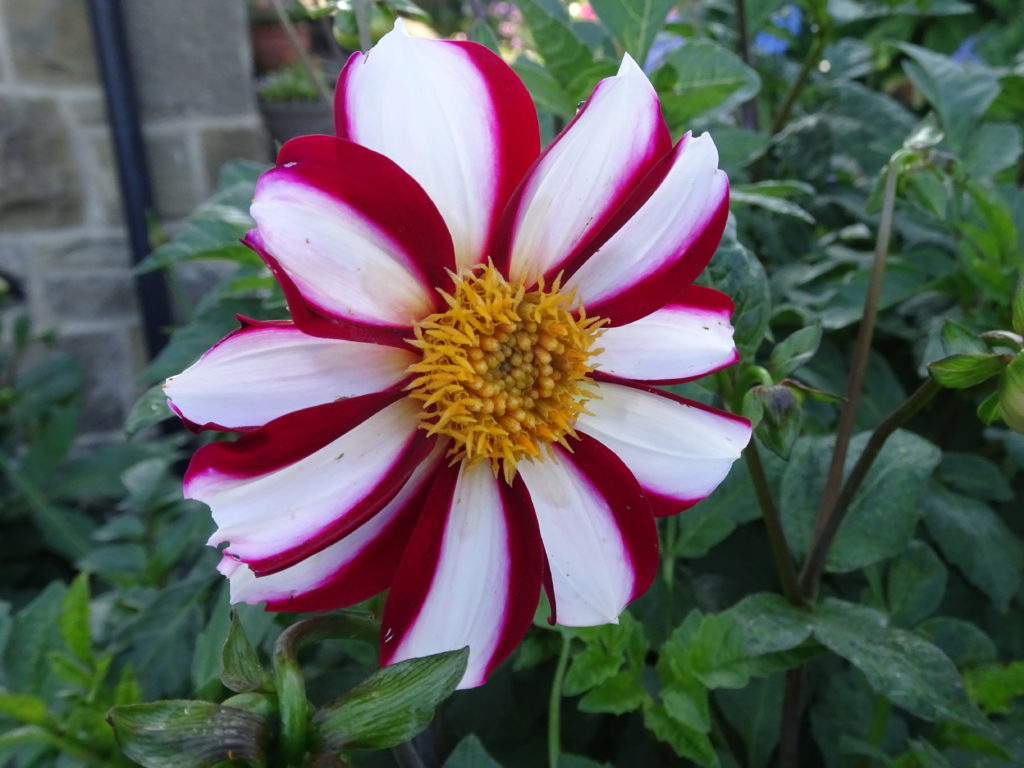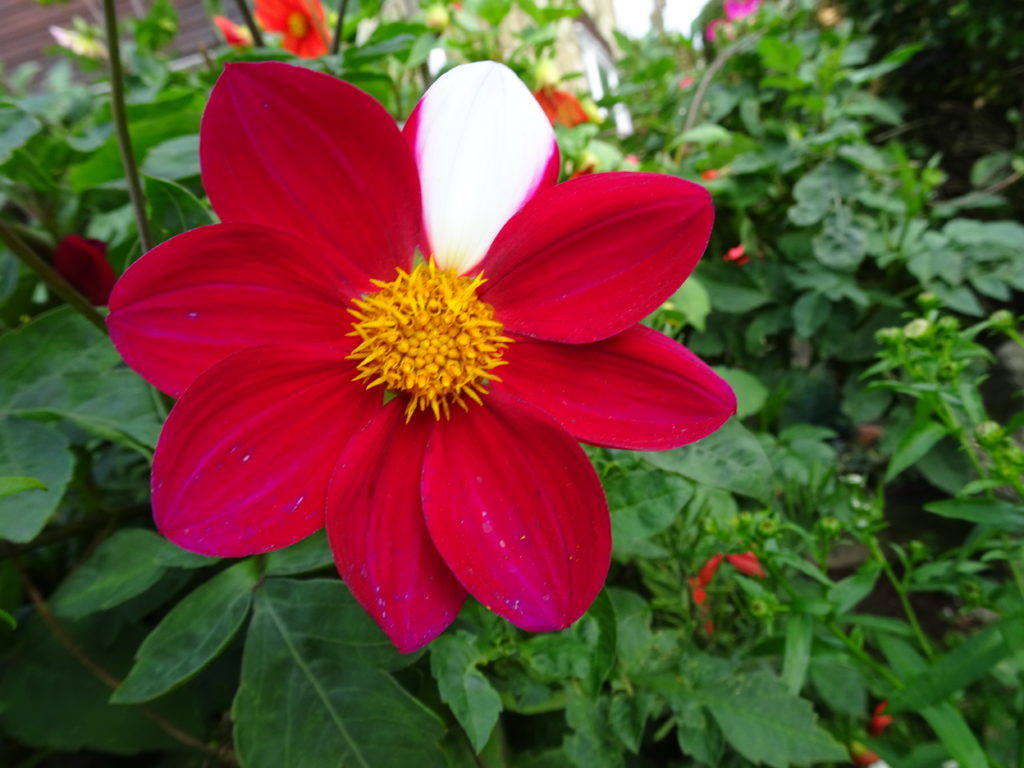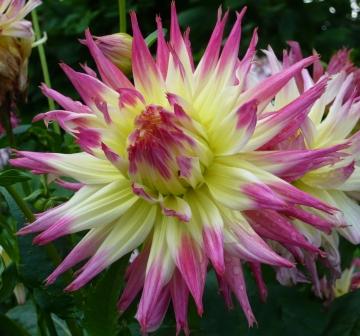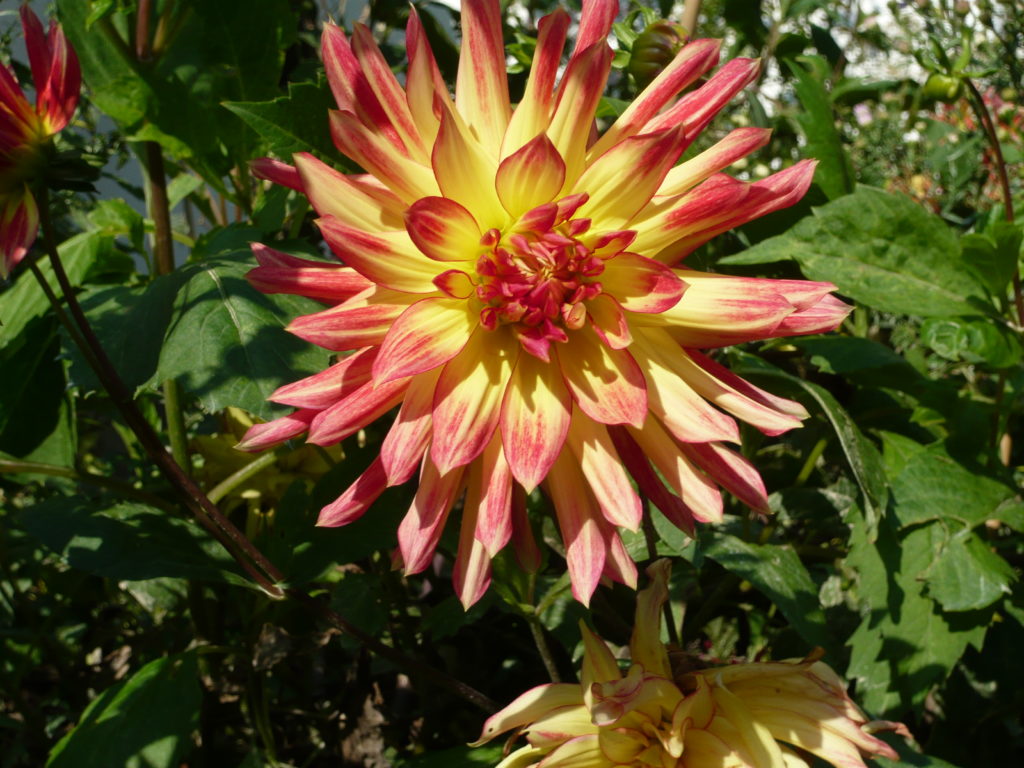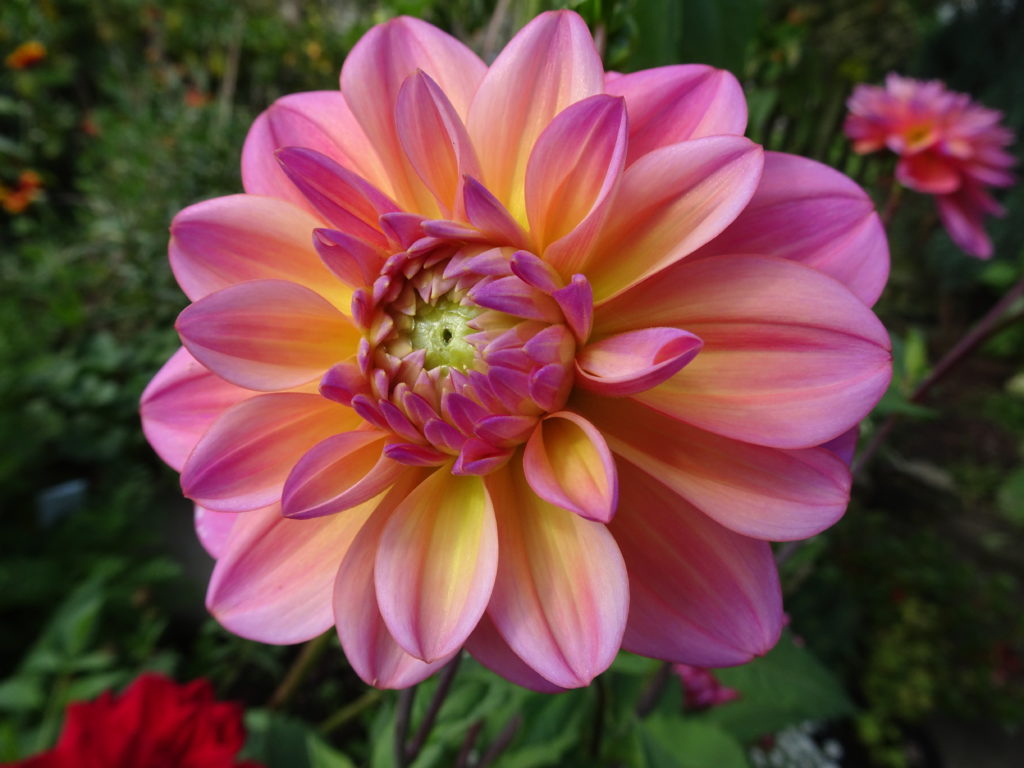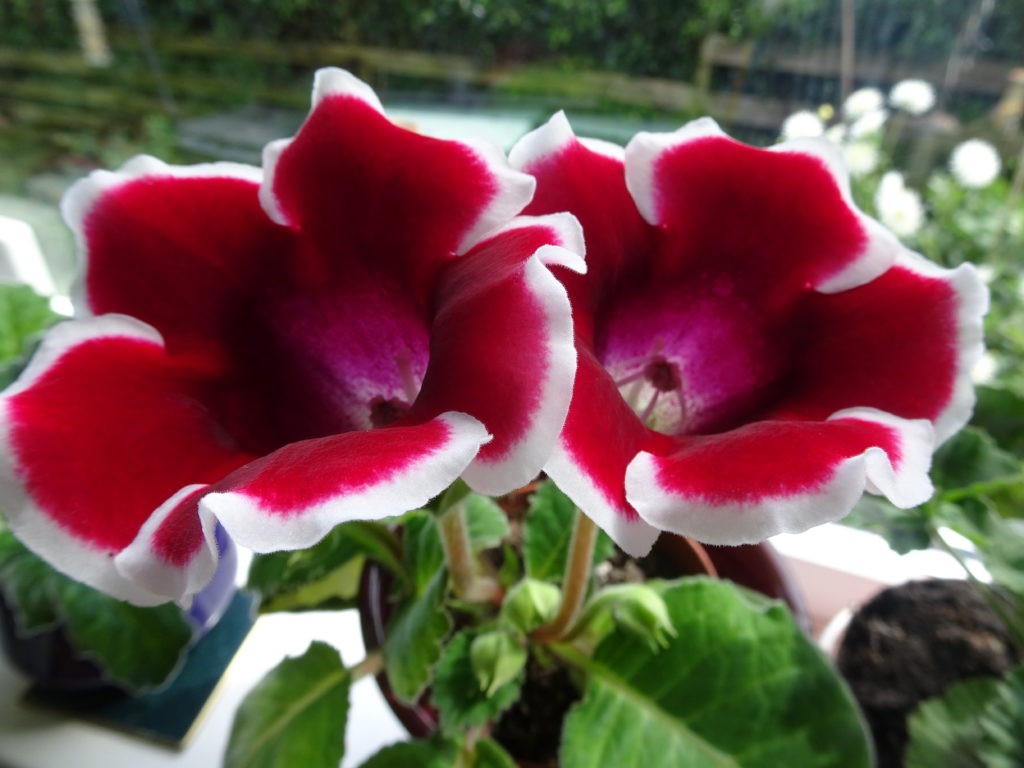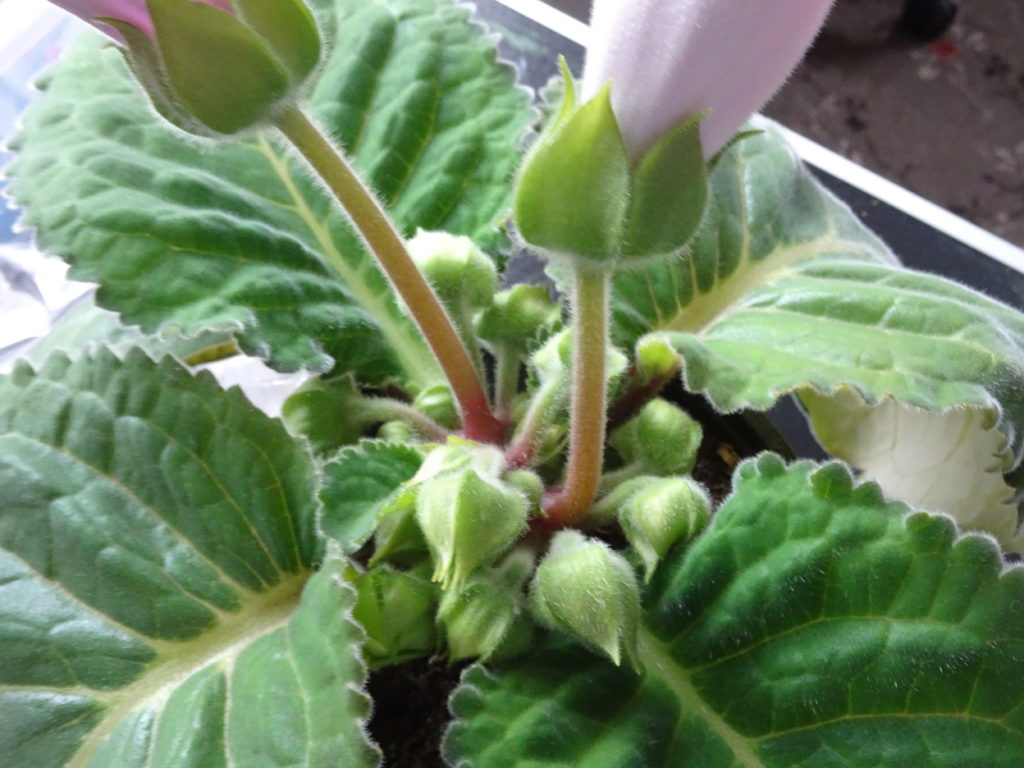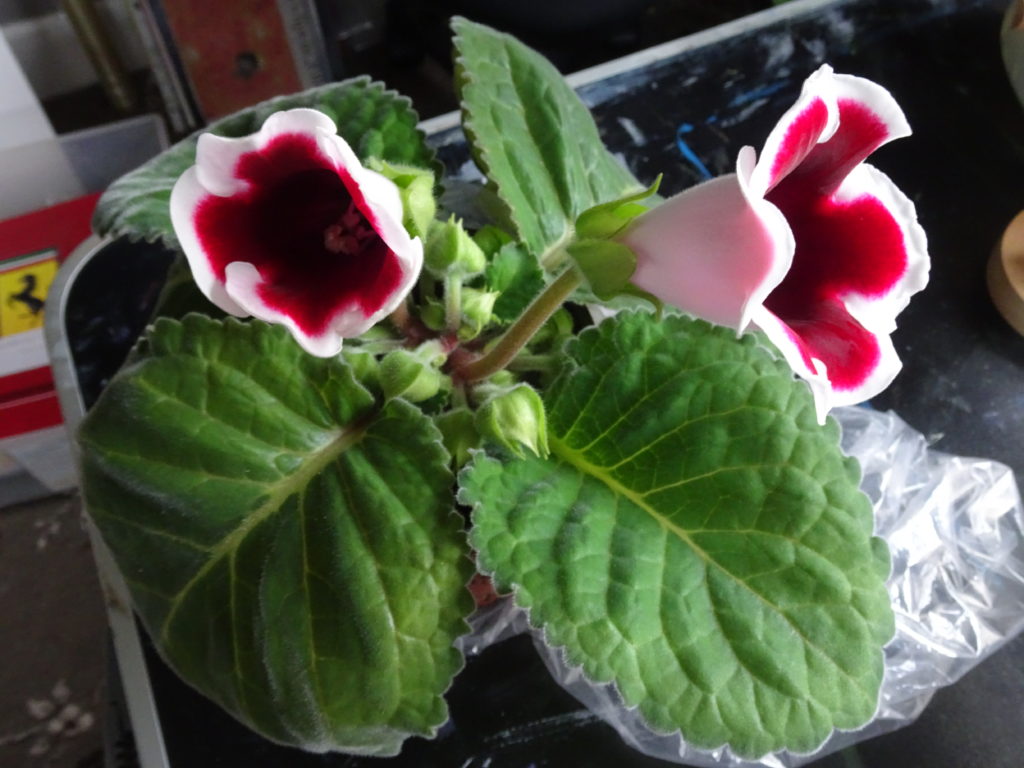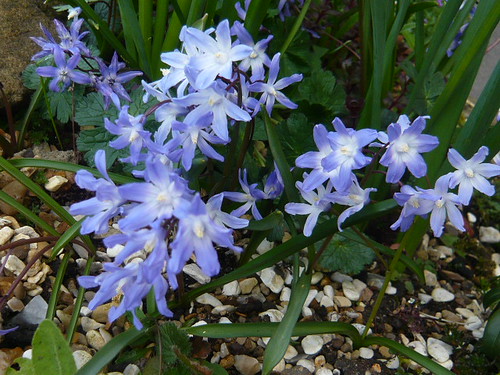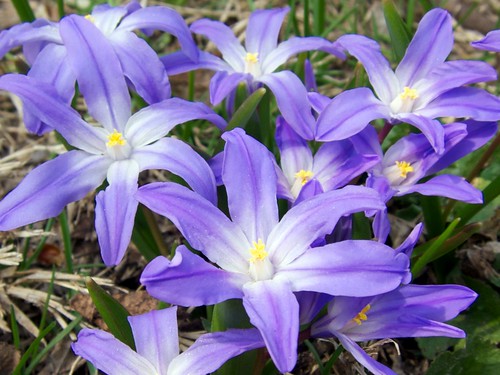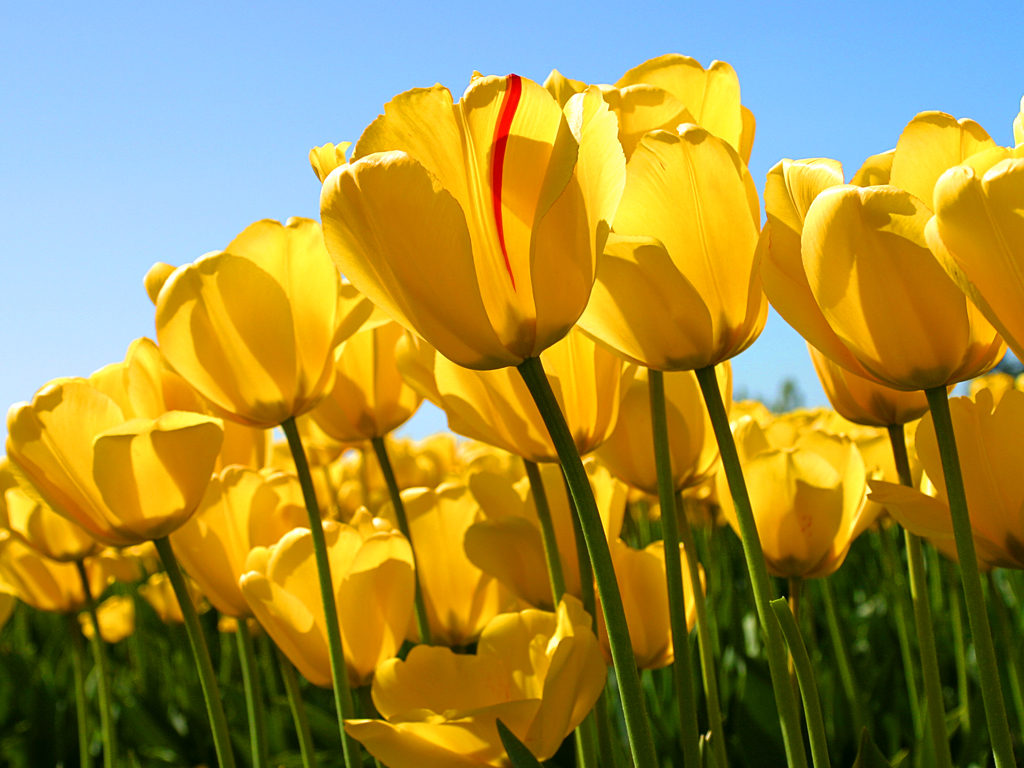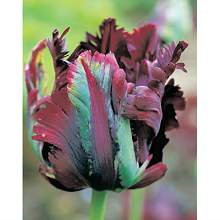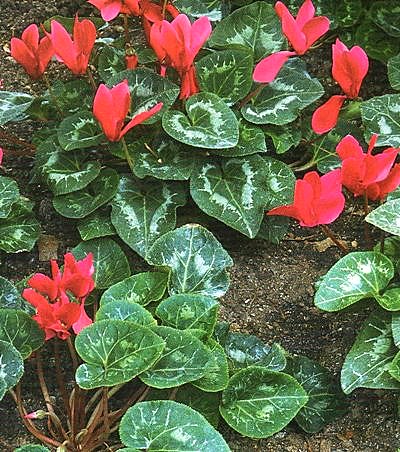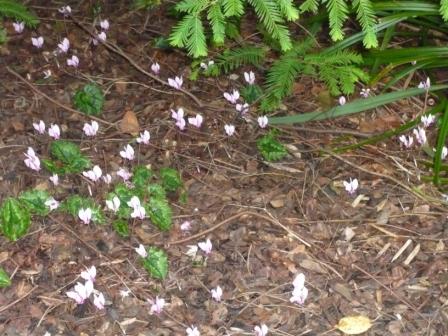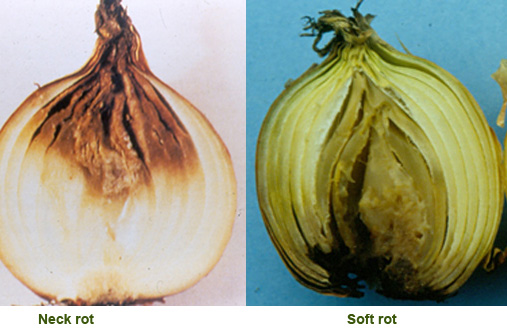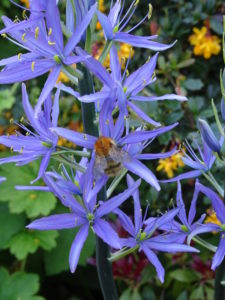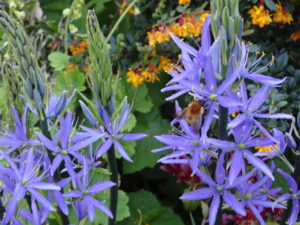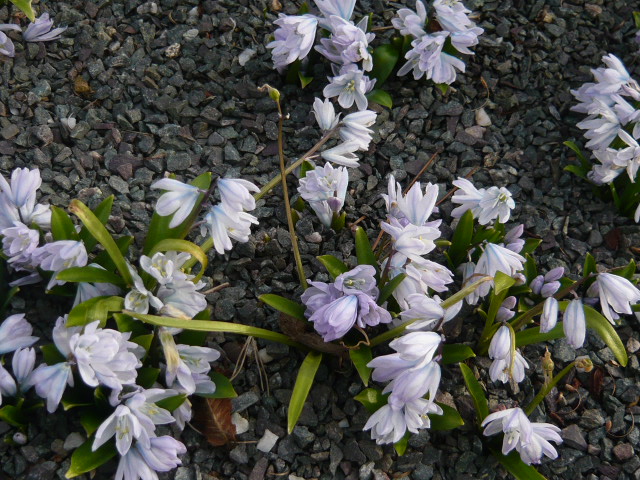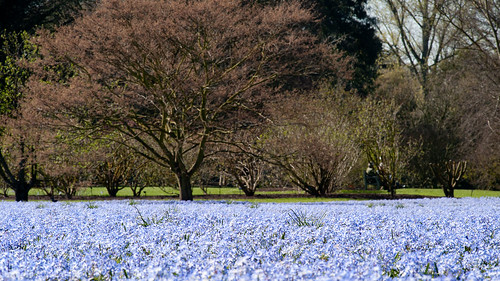Iris is the Rainbow Goddess
Iris flowers are named after the Greek Goddess of the rainbow, which is appropriate for their extensive range of colours.
There are many different varieties of Iris The most common is the German Bearded Iris’ which include a range of different cultivatars.
- Provided they are grown in a suitable location, Iris provide a good low maintenance display.
- The main thing is to ensure the soil has good drainage. If the bulbs become waterlogged there is a risk of the bulb rotting. (apart from the varieties which are grown on pond edges.
- Iris enjoy full sun or partial sun.
- The Iriz rhizomes should be planted at or just above soil level.
- Iris bulb varieties should be planted 2-3 times the depth of the bulb size.
- I. unguicularis is a good variety for offering flowers in early winter when flowers are rare. These need a sheltered, sunny and free draining spot.
